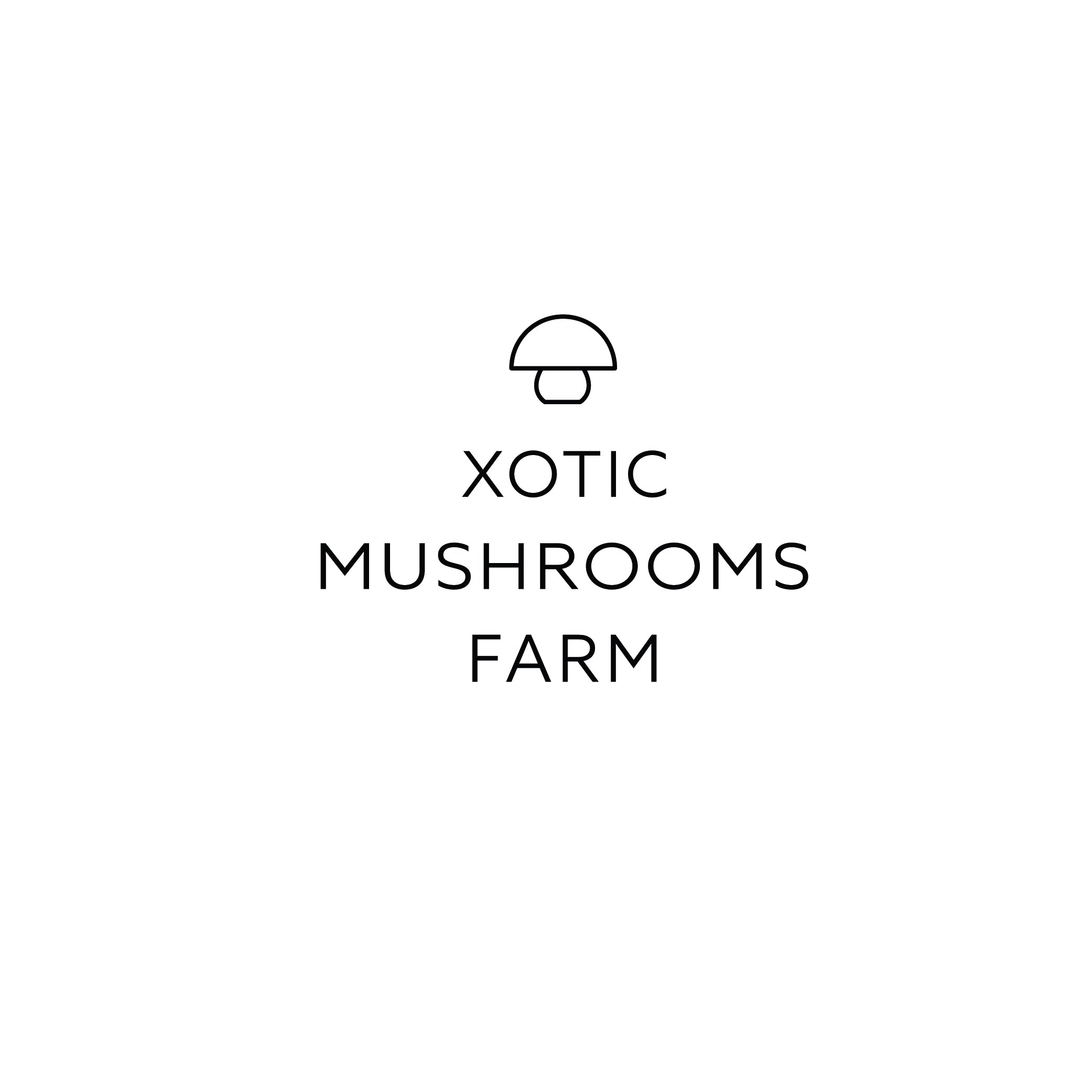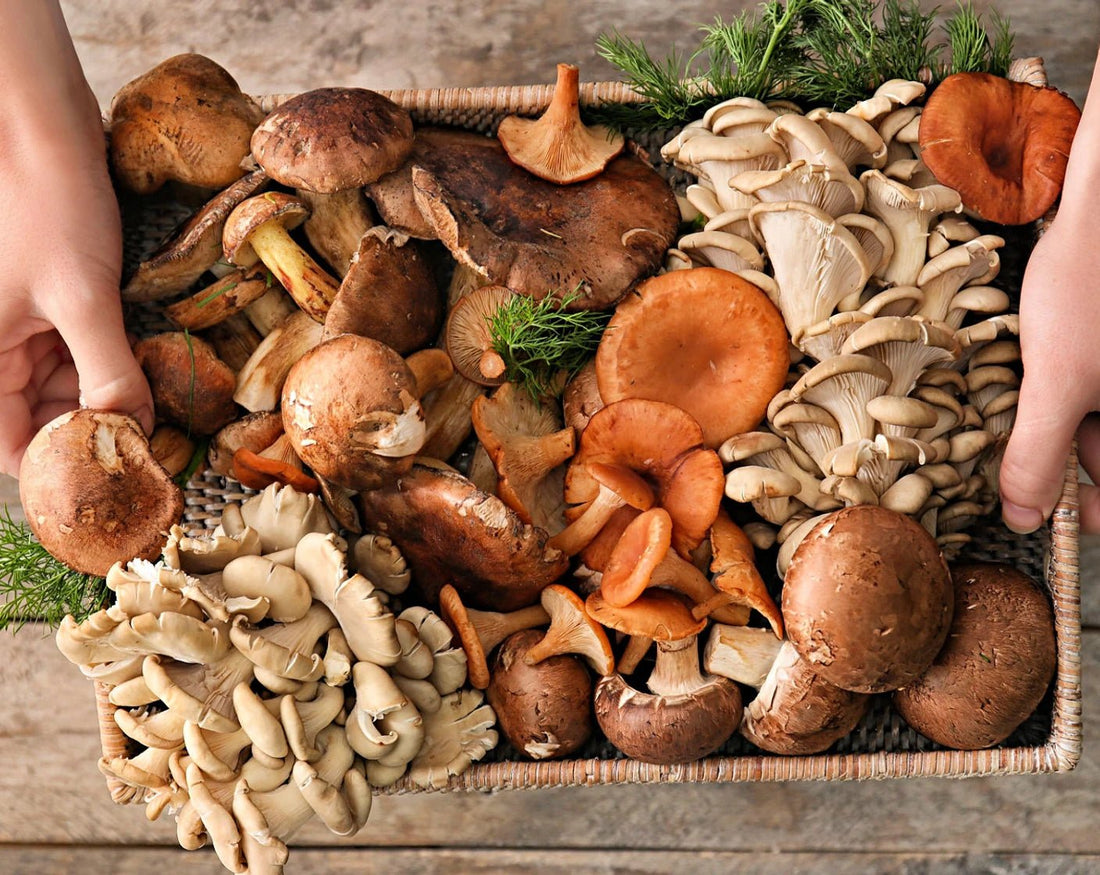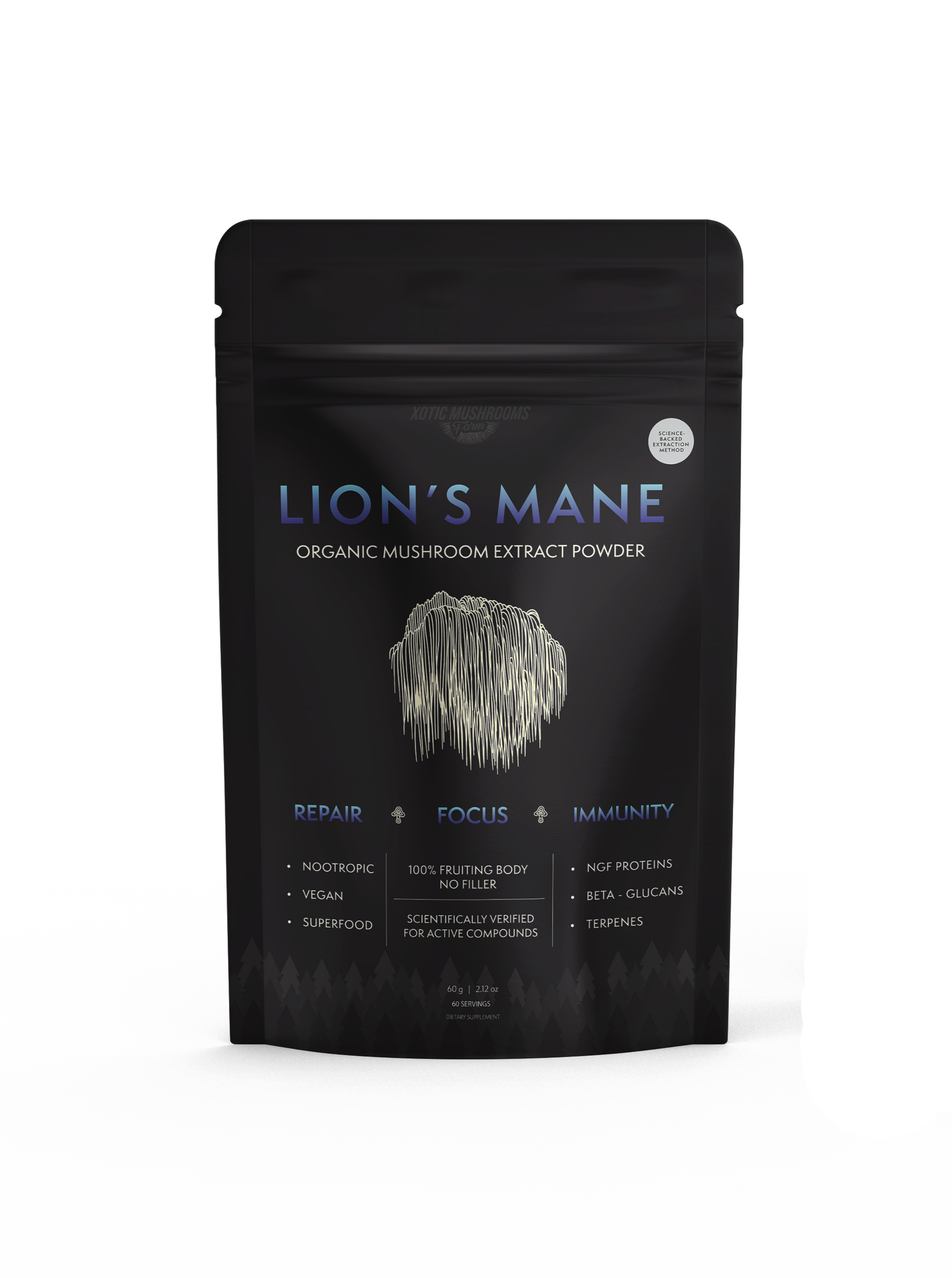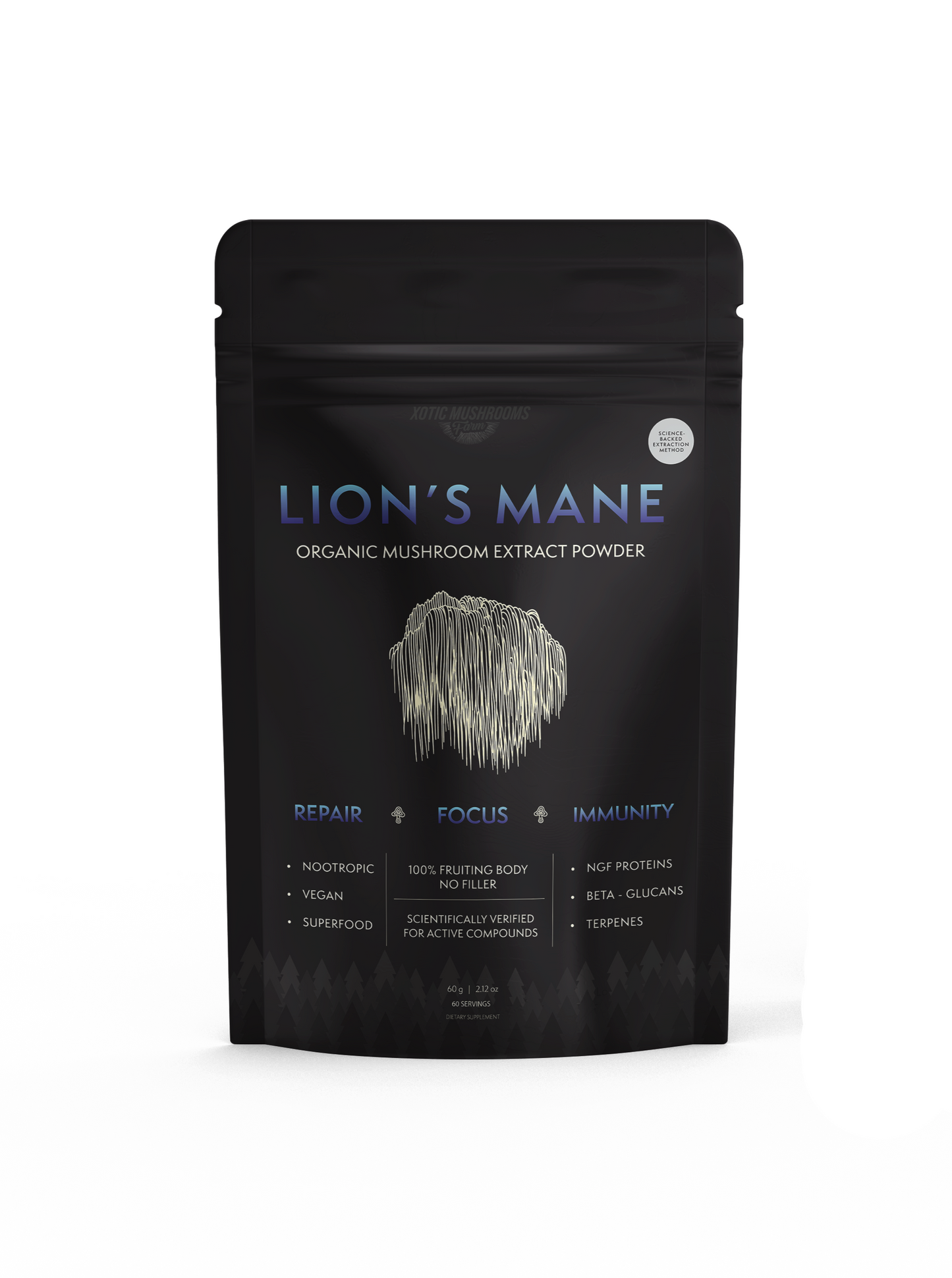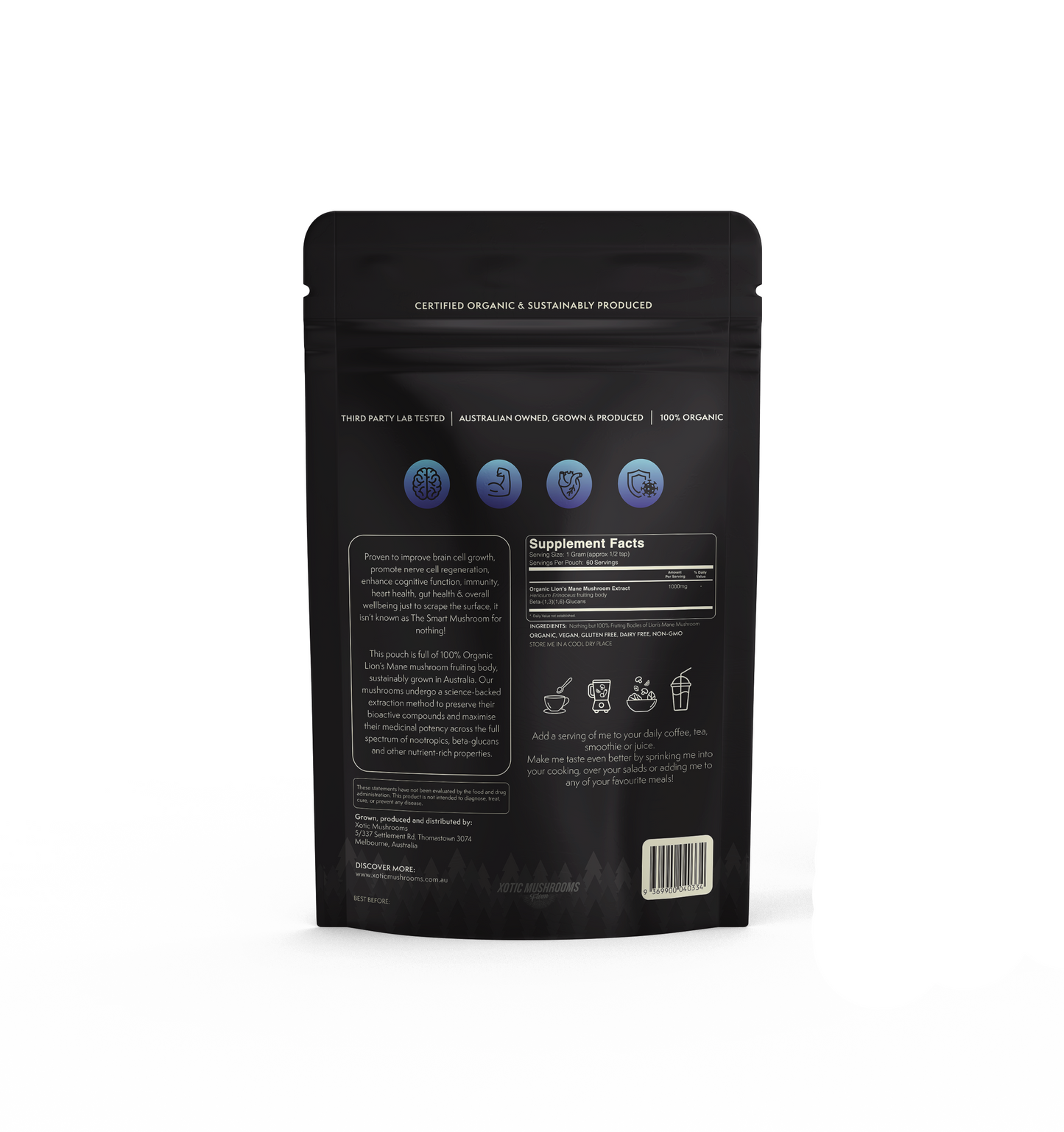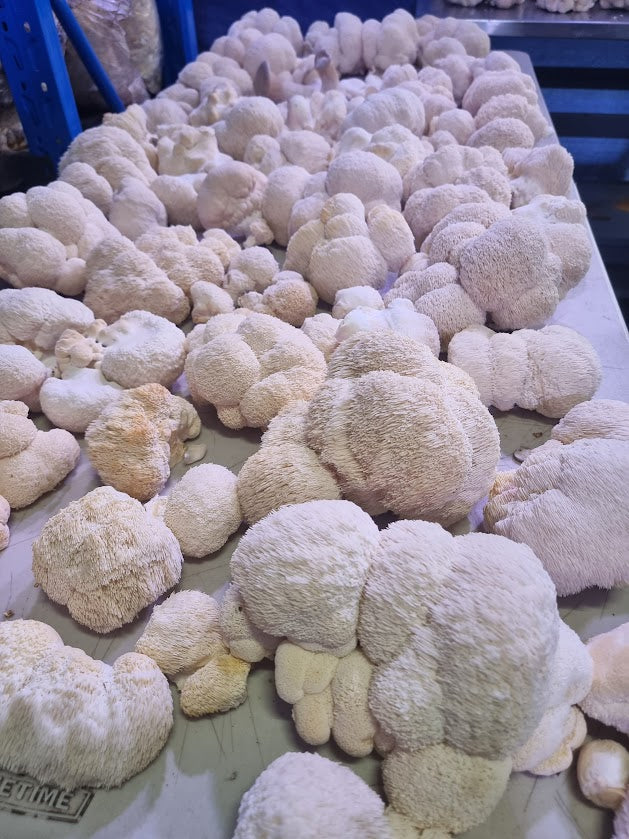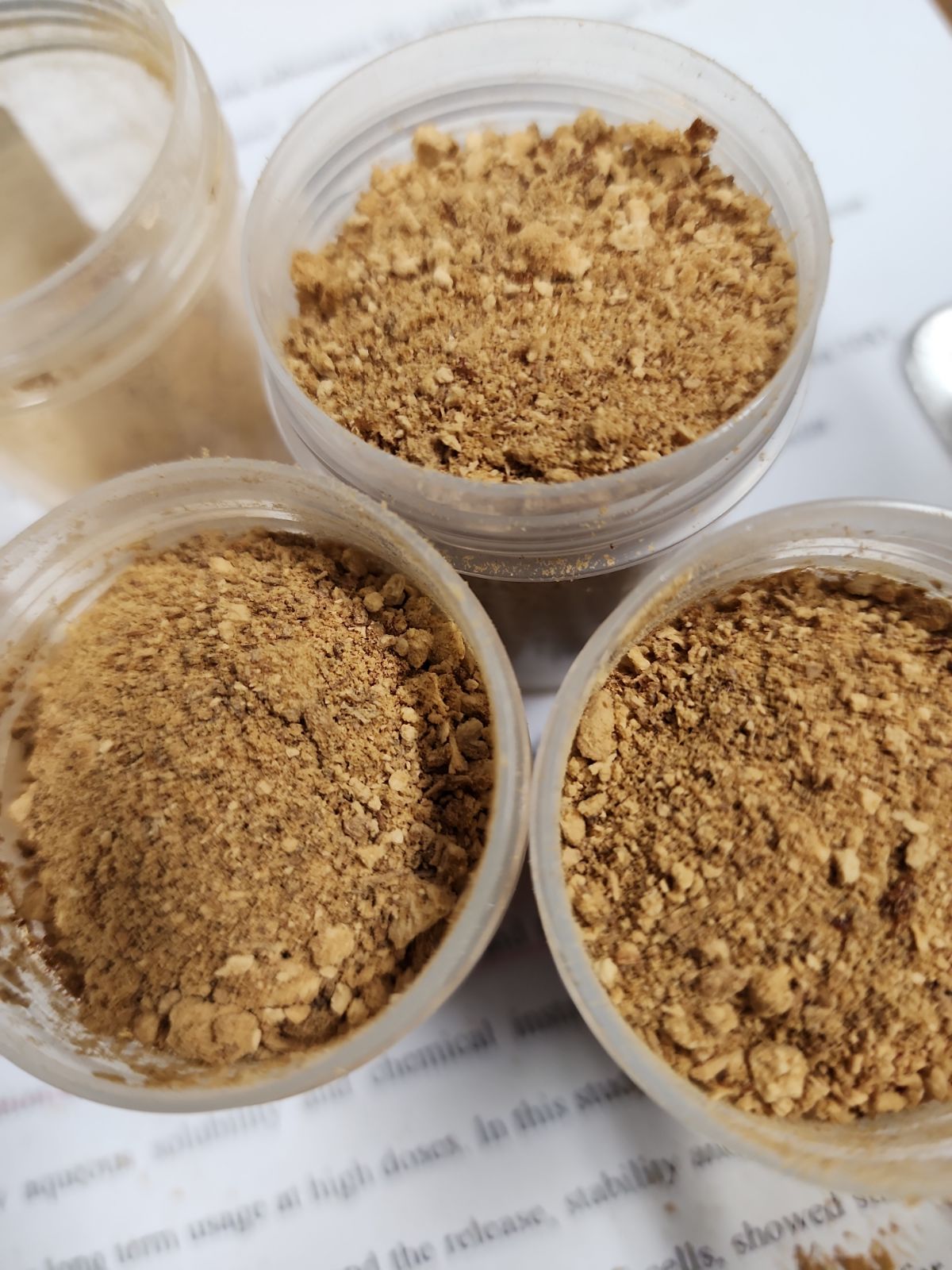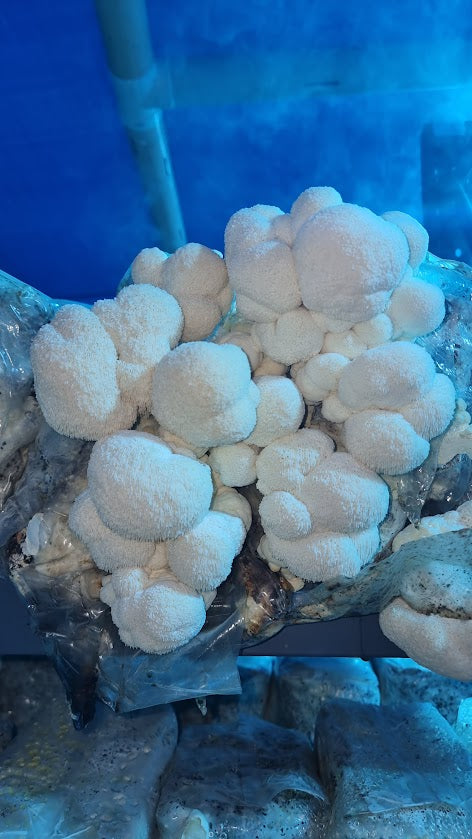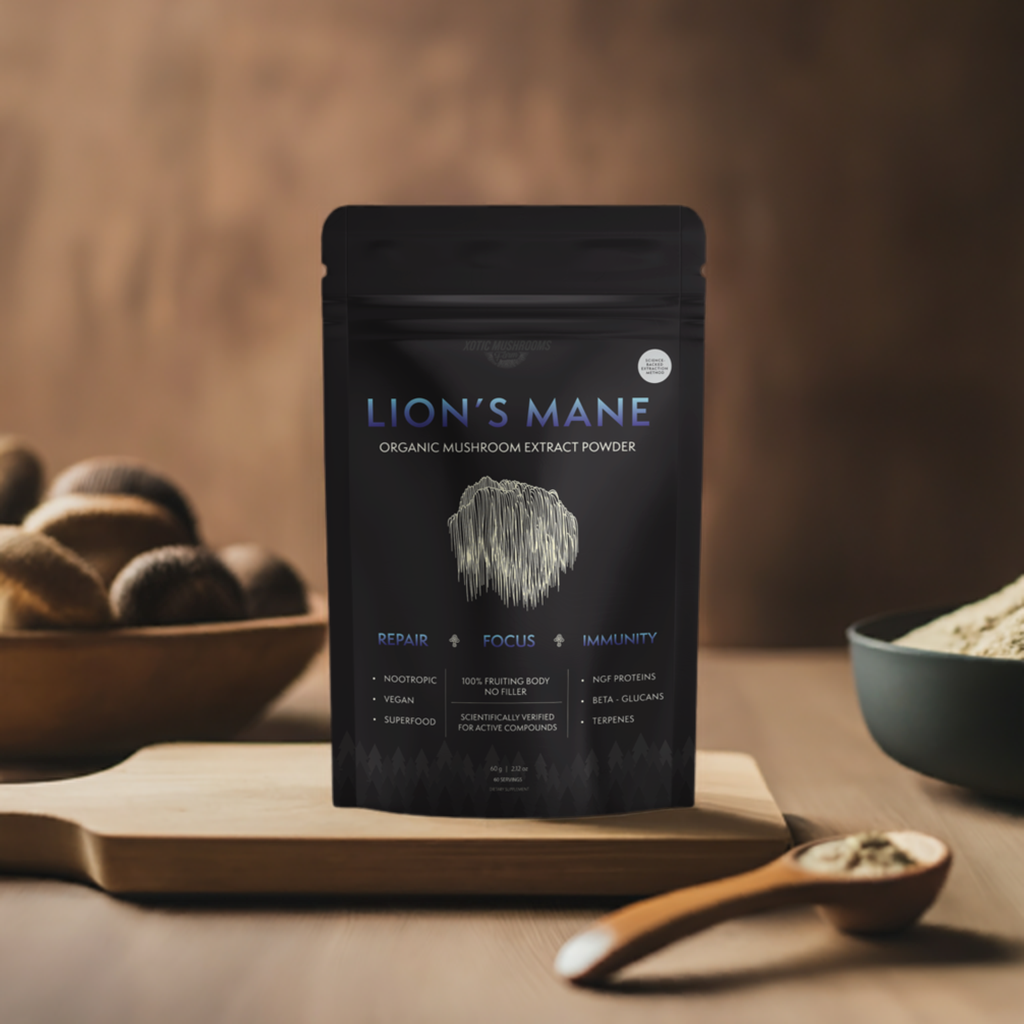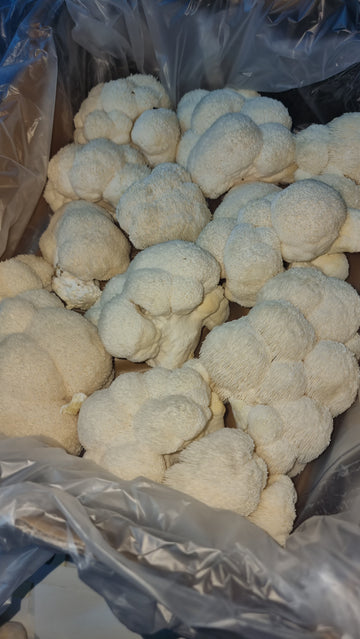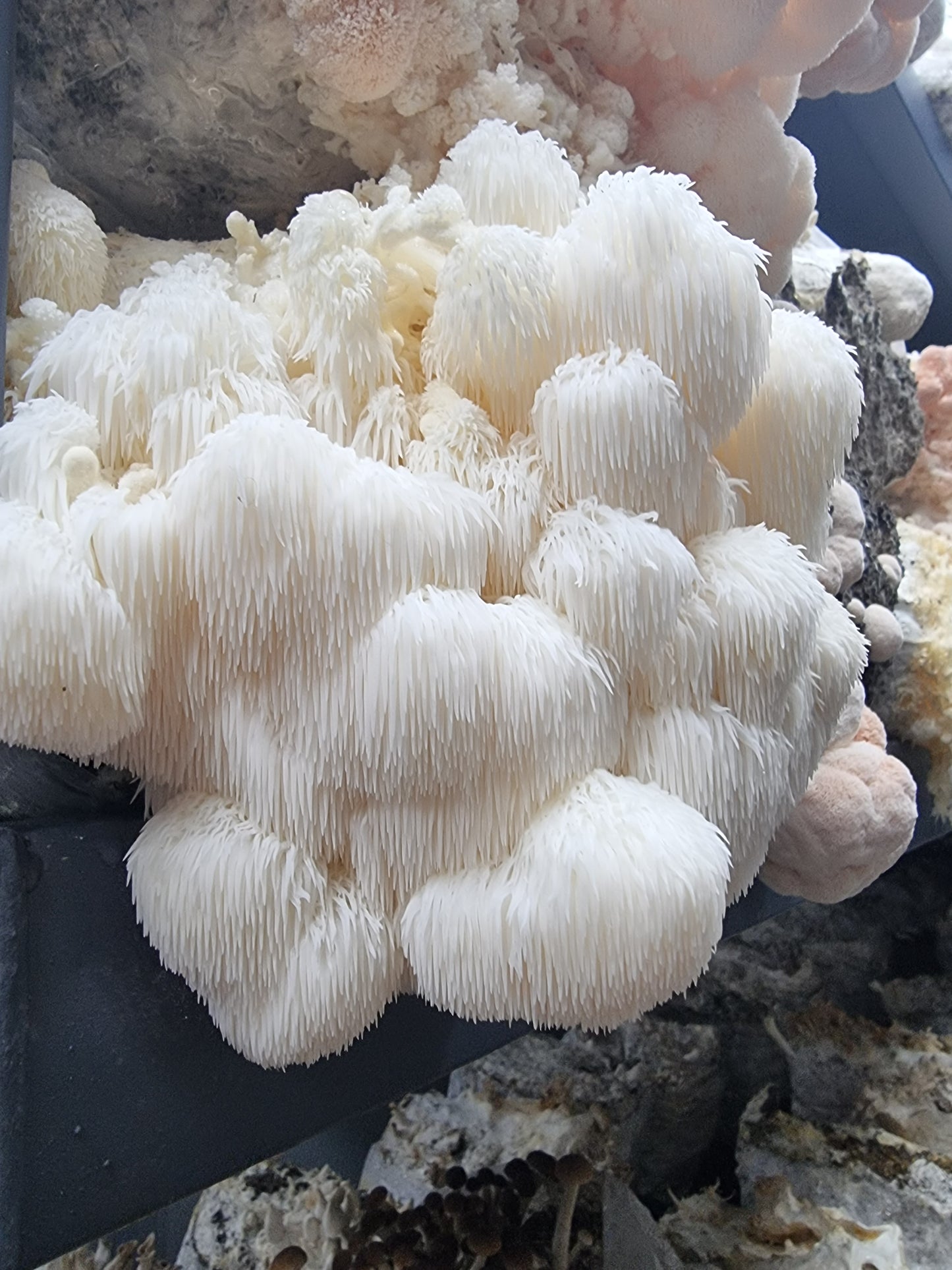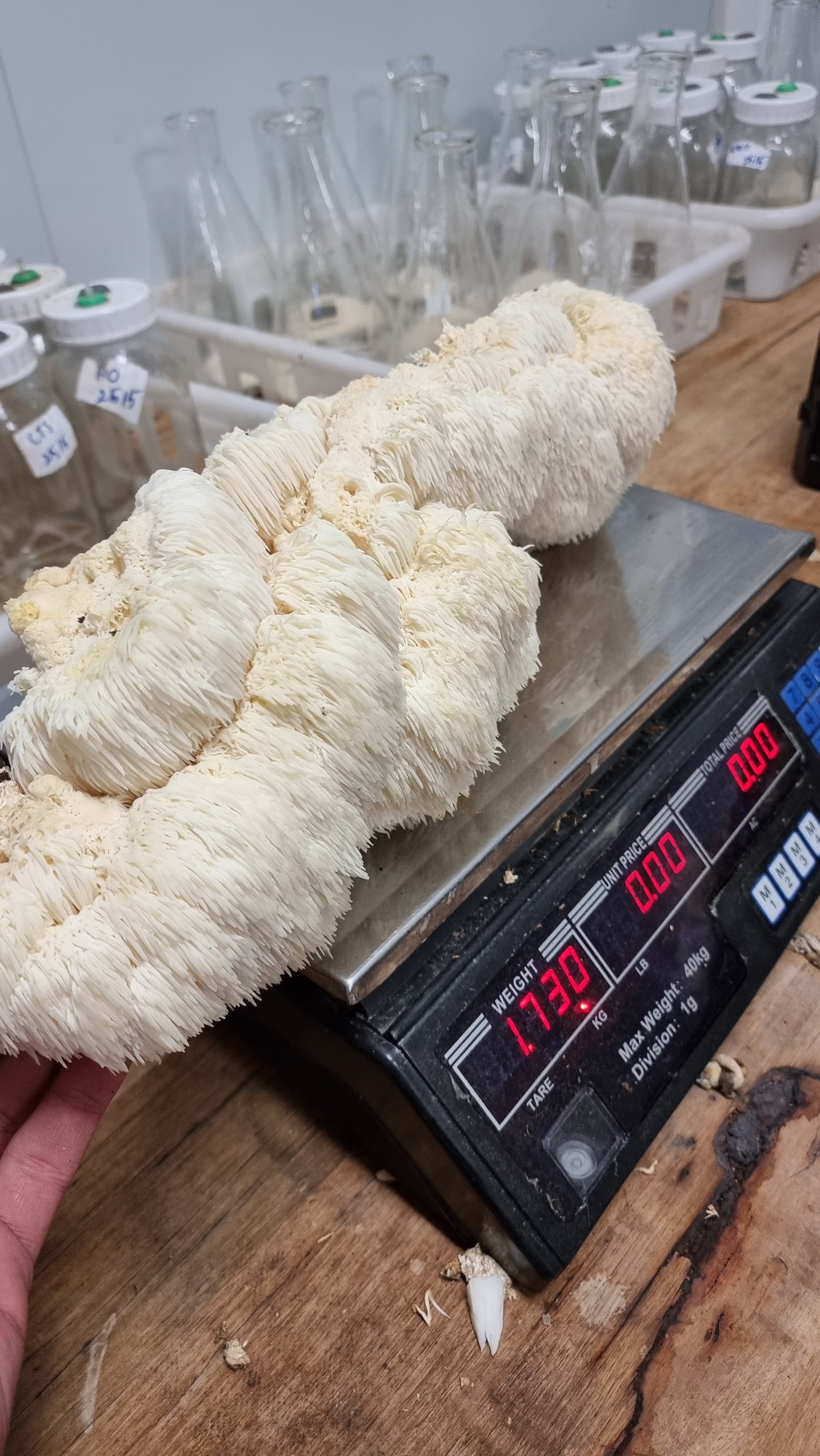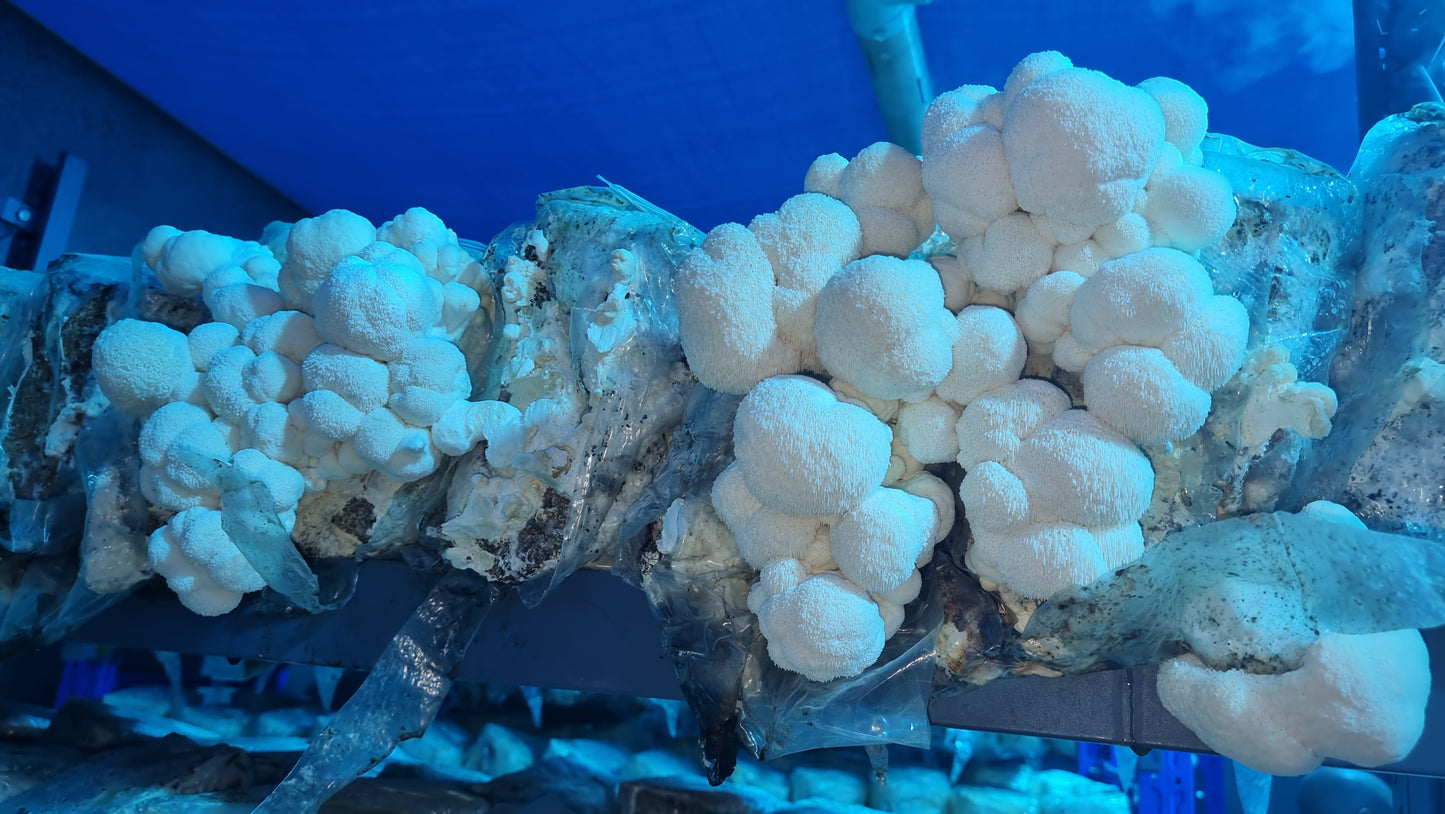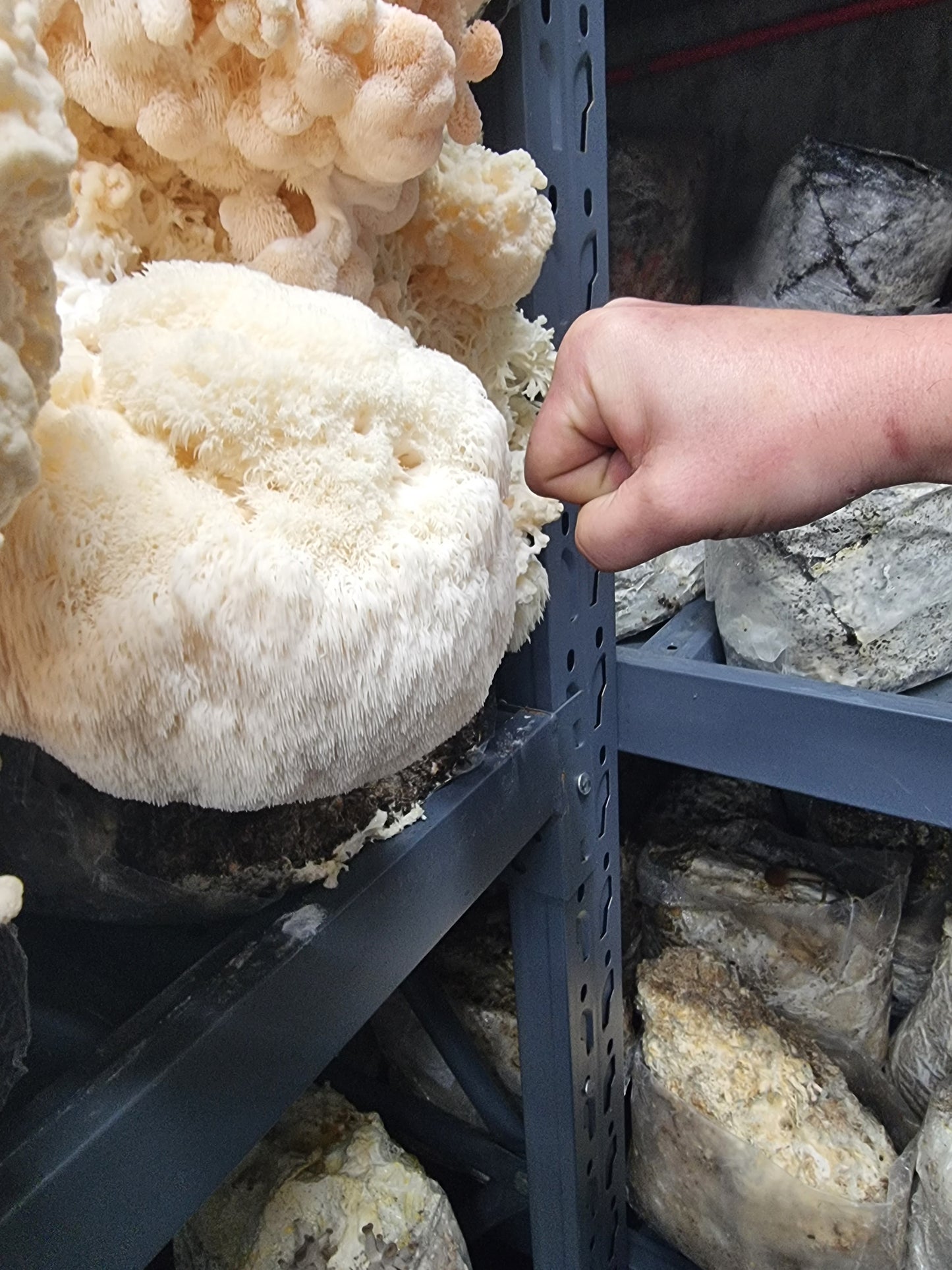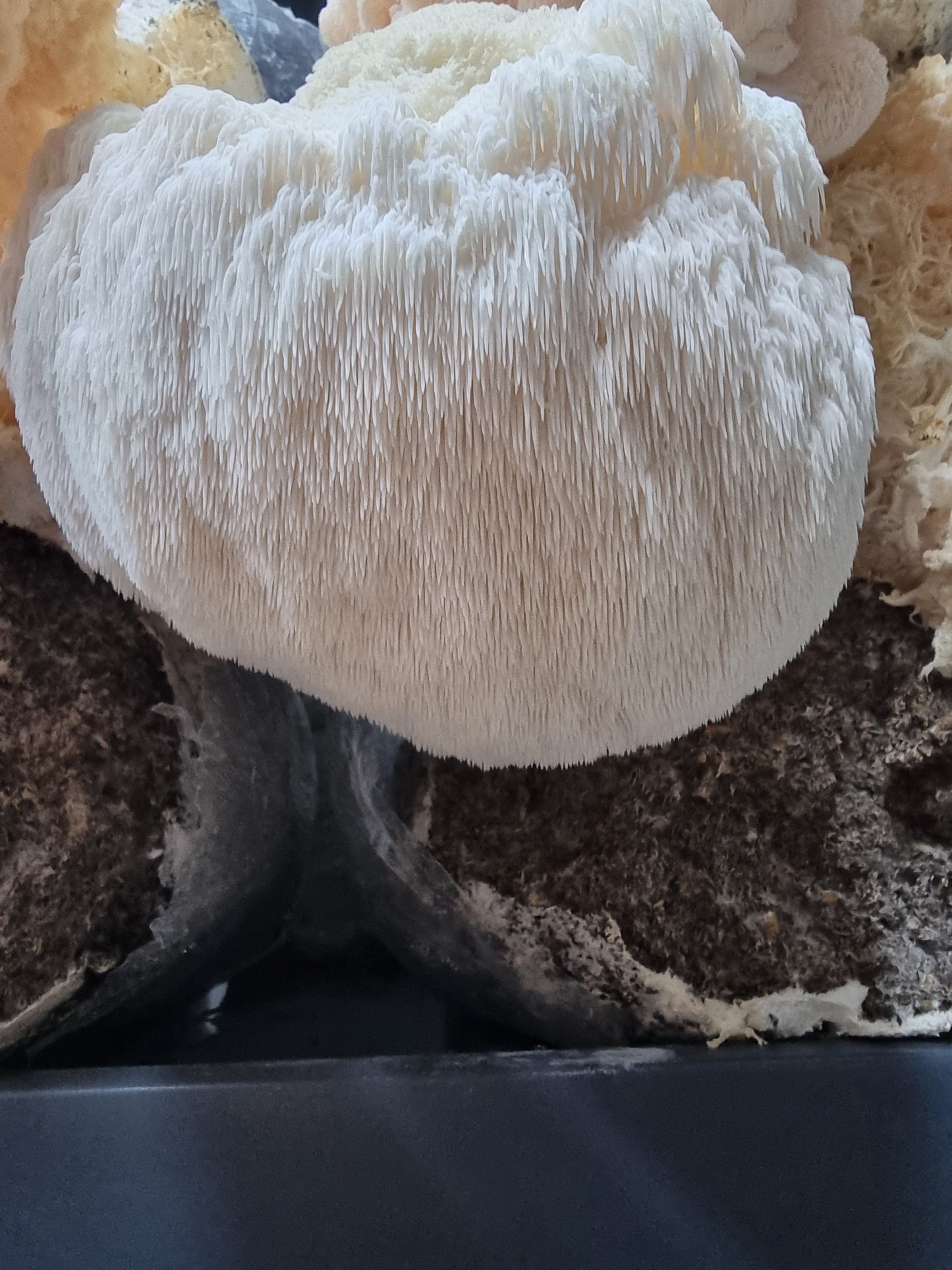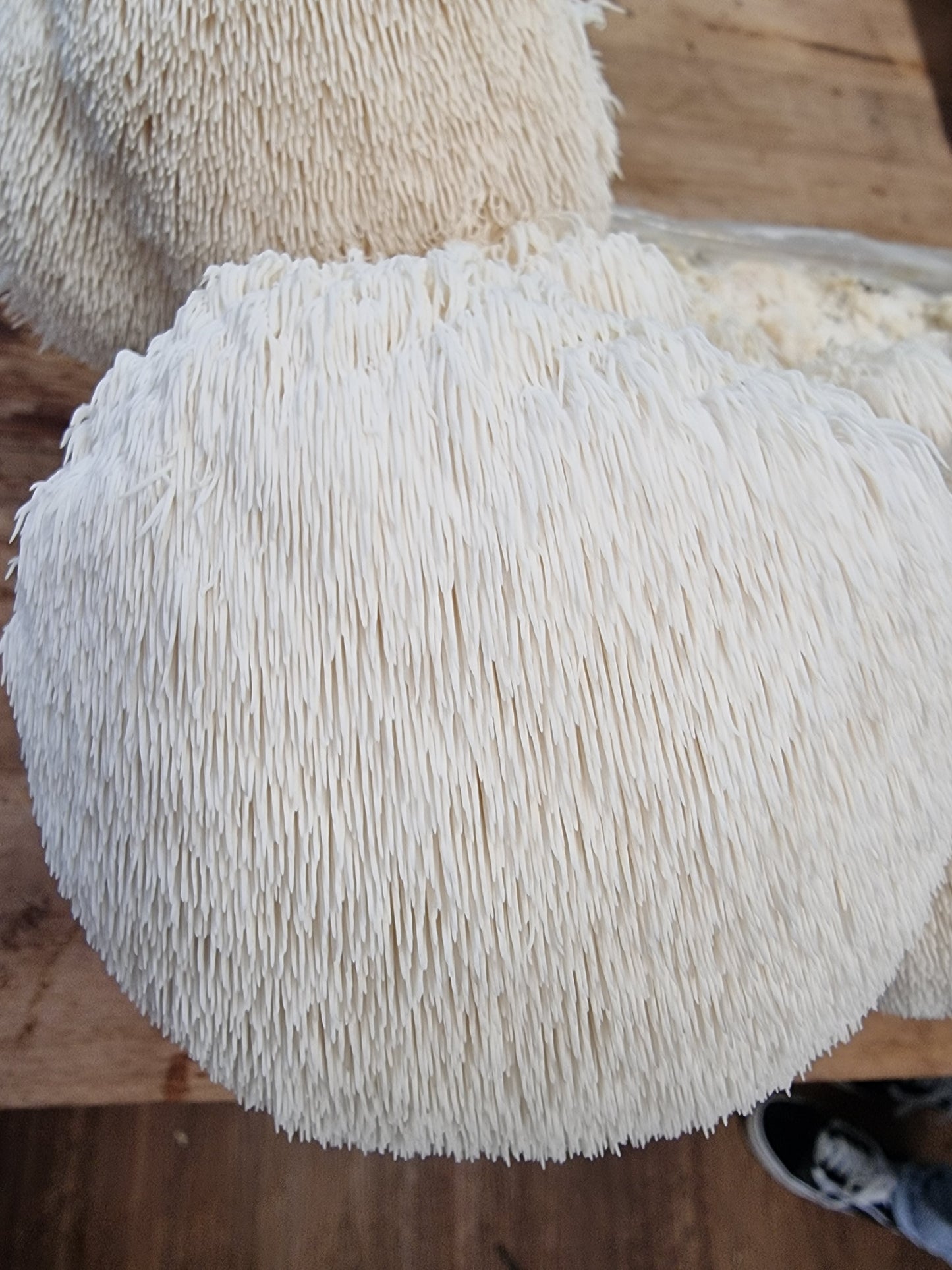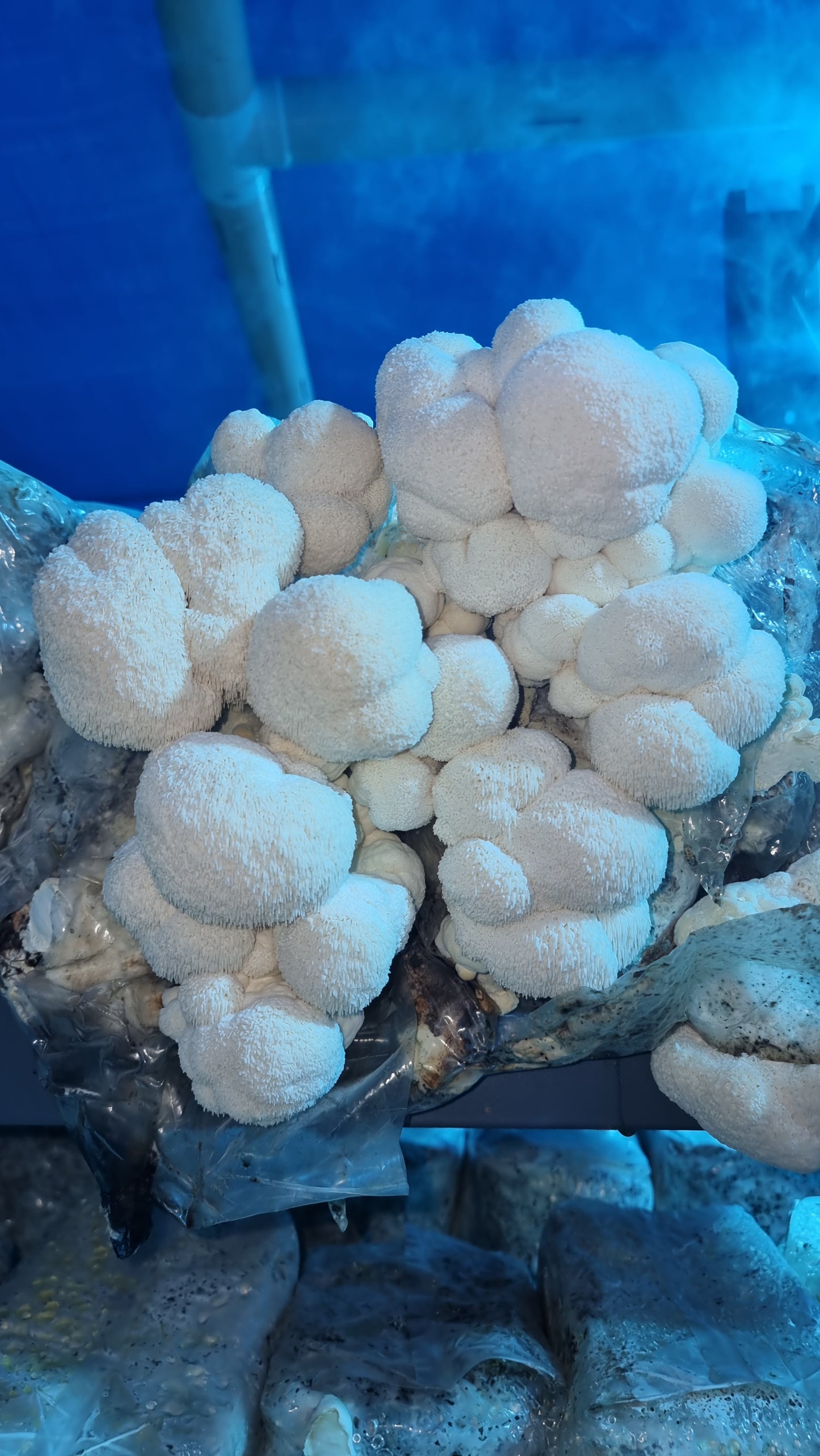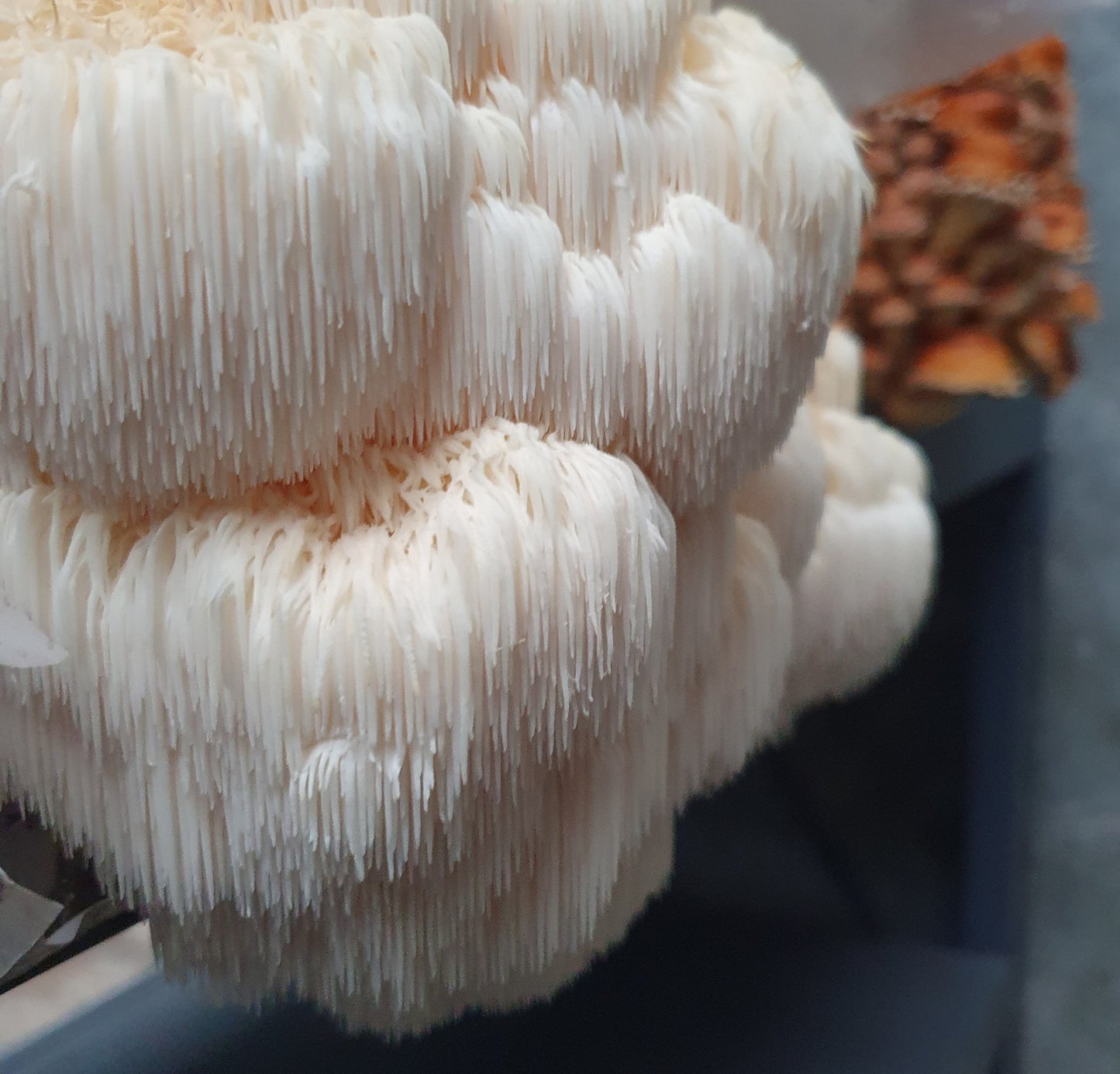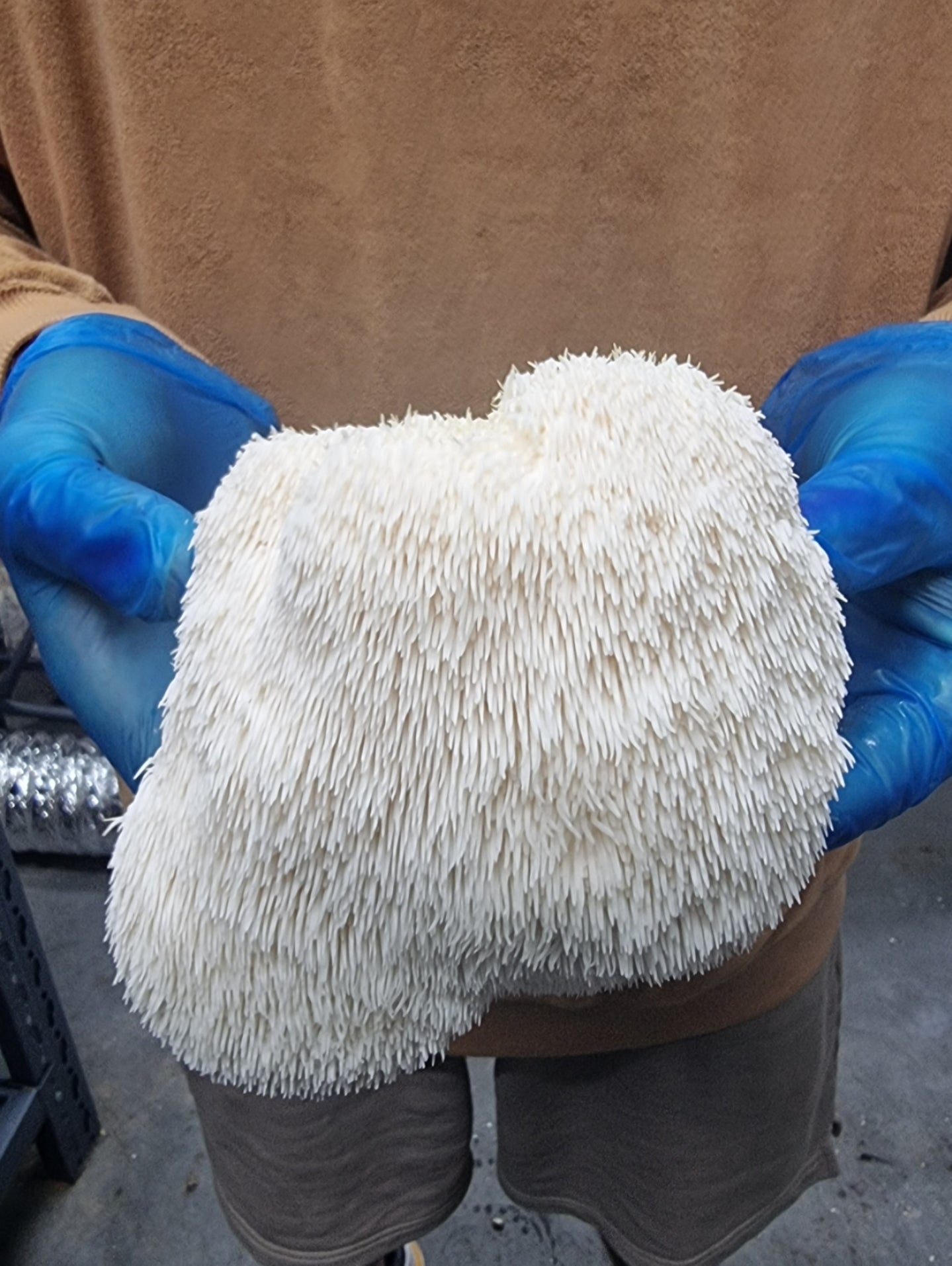In recent years, the shift towards plant-based diets has gained immense momentum. People are becoming increasingly aware of the health and environmental benefits of reducing meat consumption. A question often asked is, can mushrooms replace meat? The answer is a resounding yes, and it's not just because they offer a delicious and satisfying alternative – mushrooms come with a host of nutritional benefits too.
Are Mushrooms a Good Alternative for Meat?
While mushrooms may appear similar to vegetables, they are actually the fruiting bodies of fungi, and their nutritional profile places them closer to animals than plants. This unique status grants them an edge as a meat alternative.
Mushrooms offer a rich source of high-quality proteins, and their amino acid profile includes essential amino acids often lacking in many plant-based foods. This makes them an invaluable component of vegetarian and vegan diets.
However, it's important to note that mushrooms alone may not serve as a complete nutritional substitute for meat. They contain less protein, iron, zinc, and vitamin B12 compared to meat.
But when combined with other protein-rich foods such as beans, lentils, tofu, or chickpeas, mushrooms can easily meet your protein requirements while providing additional nutrients and active compounds that are not commonly found in meat.
Moreover, mushrooms are low in fat and entirely cholesterol-free, making them an excellent choice for heart-healthy diets.
Protein in Mushrooms vs. Meat
One of the most significant differences between mushrooms and meat is their protein content.
Meat is notably richer in protein than mushrooms.
For example,a 100g serving of chicken, a high-protein meat, contains approximately 31g of protein, while the same amount of oyster mushrooms contains only about 3.3 of protein. This means that if mushrooms were your sole source of protein, you would need to consume a substantial quantity to meet your protein needs.
However, the versatility of mushrooms as a meat substitute lies in their ability to complement other high-protein foods, allowing individuals on plant-based diets to easily fulfill their protein requirements.
9 Best Mushrooms to Use as Meat Substitutes
1. Cremini Mushrooms

Cremini mushrooms (Agaricus bisporus) are matured versions of white button mushrooms.
They possess light brown, rounded caps and slightly stronger flavors, maintaining a mild and earthy taste. Creminis work well in replacing chicken or beef in recipes, particularly in sauces and stews.
They can be finely chopped for pasta sauce, used whole or halved in saucy stews, or combined with lentils for meatball fillings.
2. White Button Mushrooms
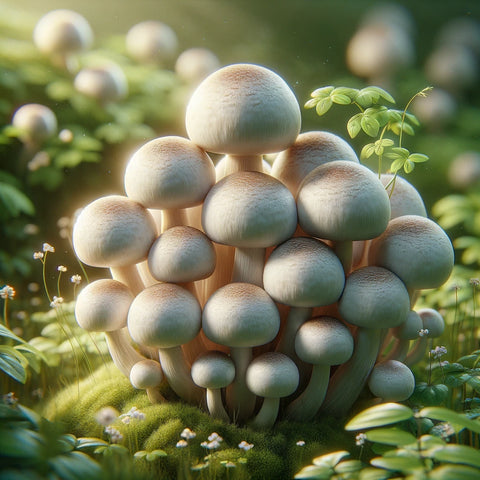
White button mushrooms (Agaricus bisporus) are among the most widely consumed mushrooms globally.
Although not the meatiest, they have a mild flavor and firm texture that, when properly seasoned, make them an ideal substitute, especially in chicken-based recipes.
They are versatile and can be used in various dishes, such as pizza toppings, grilled kebabs, or taco fillings.
3. King Oyster Mushrooms
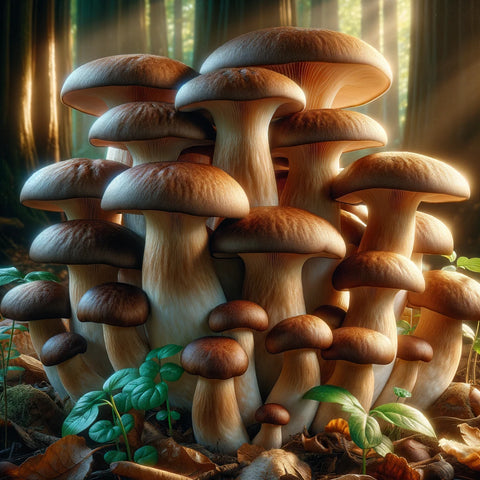
King oyster mushrooms (Pleurotus eryngii) stand out as the largest oyster mushroom species.
Unlike other oysters with large caps and minimal stems, king oysters have thick stems that retain their texture when cooked.
Their intense umami flavor and sauce-absorbing capabilities allow them to replace seafood, chicken, pork, and beef.
They can be sliced horizontally for vegan scallops, sliced lengthwise for mushroom steaks, or marinated for grilled kebabs.
4. Portobello Mushrooms

Portobello mushrooms, also known as Agaricus bisporus, represent the fully mature stage of this mushroom species.
Their large, flat caps, dark gills, and rich, earthy flavors make them a popular choice as a beef substitute.
Portobello caps can be sautéed or grilled and used as burger patties or steaks. They are also fantastic when stuffed, marinated, and grilled or roasted.
5. Shiitake Mushrooms

Shiitake mushrooms (Lentinula edodes) are both popular edibles and medicinal mushrooms.
They offer a richer and more intense flavor compared to white button or cremini mushrooms, making them a superb meat substitute.
Often likened to pork, turkey, or duck, shiitakes can be used to create bacon alternatives or mushroom jerky.
They can also be used whole for pork-like dishes or rehydrated and chopped for ground beef replacements.
6. Oyster Mushrooms

Oyster mushrooms (Pleurotus ostreatus) come in several varieties, but pearl oyster mushrooms are the most commonly found in grocery stores.
They offer slightly different flavors, all with subtle earthy notes.
Oyster mushrooms have a versatile fibrous texture, making them suitable for replacing pulled pork, chicken, or even white fish. You can use them in clam chowder, fish tacos, or as a battered and fried substitute for white fish.
7. Lion’s Mane Mushrooms

Lion’s mane mushrooms (Hericium erinaceus) feature unique teeth or needles instead of traditional gills.
Underneath their shaggy exterior, they offer a soft, chewy texture with a flavor profile akin to crab or lobster.
Lion’s mane mushrooms are perfect substitutes for meatier shellfish like lobster or crab and can also replace clams and shrimp. They absorb flavors well and are even used as a substitute for steak.
8. Maitake Mushrooms
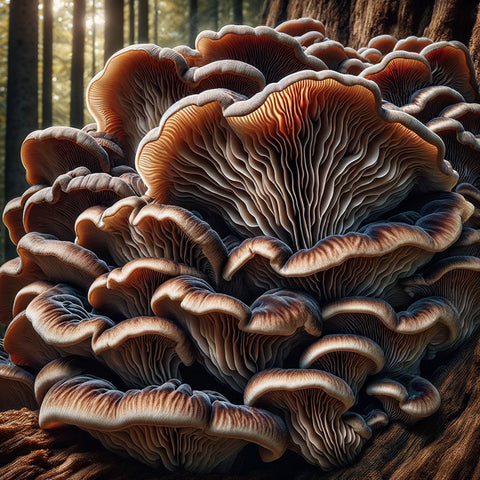
Maitake mushrooms (Grifola frondosa), also known as hen of the woods, are bracket fungi that grow at the base of hardwood trees.
They have a unique ruffled appearance, resembling a sitting hen's feathers. Maitakes are juicy, meaty mushrooms with a taste akin to dark chicken meat.
Their clusters can be used to create juicy mushroom steaks or shredded for taco fillings, serving as a delectable chicken substitute.
9. Chanterelle Mushrooms

Chanterelle mushrooms encompass various species within the Cantharellus, Gomphus, Polyozellus, and Craterellus families.
They come in white, yellow, or orange varieties, all sharing a sweet, nutty, and slightly peppery taste.
Properly prepared, chanterelles make an excellent substitute for seafood and pair beautifully with creamy sauces.
They are often compared to crab and work wonderfully in stroganoff or hearty chowders.
How to Select, Store and Clean Mushrooms
When choosing fresh mushrooms for your culinary adventures, opt for firm, plump specimens with smooth, dry caps. Steer clear of wrinkled or slimy mushrooms, as these are signs of age and decreased freshness.
Discolorations or dark spots on the cap and stem also indicate older mushrooms.
It's advisable to give fresh mushrooms a quick sniff; they should possess a mild, almost undetectable earthy smell. Strong odors may indicate that the mushrooms have begun to spoil.
To maximize freshness, store mushrooms in a breathable bag or container on a shelf in your refrigerator, not in the crisper drawer.
Final Thoughts
Incorporating mushrooms into your diet as meat substitutes not only opens up a world of culinary possibilities but also offers numerous health benefits.
From their unique flavors to their nutritional richness, mushrooms stand out as a sustainable and satisfying alternative to meat.
Whether you're a seasoned vegetarian or simply exploring plant-based options, these 10 best mushroom meat substitutes can elevate your meals and contribute to a healthier and more environmentally friendly lifestyle.
And if you're feeling adventurous, consider growing your own mushrooms at home for a constant supply of fresh and delicious fungi.
